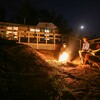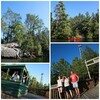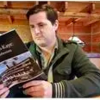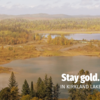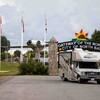A Weekender's Guide to Haunted Cobalt
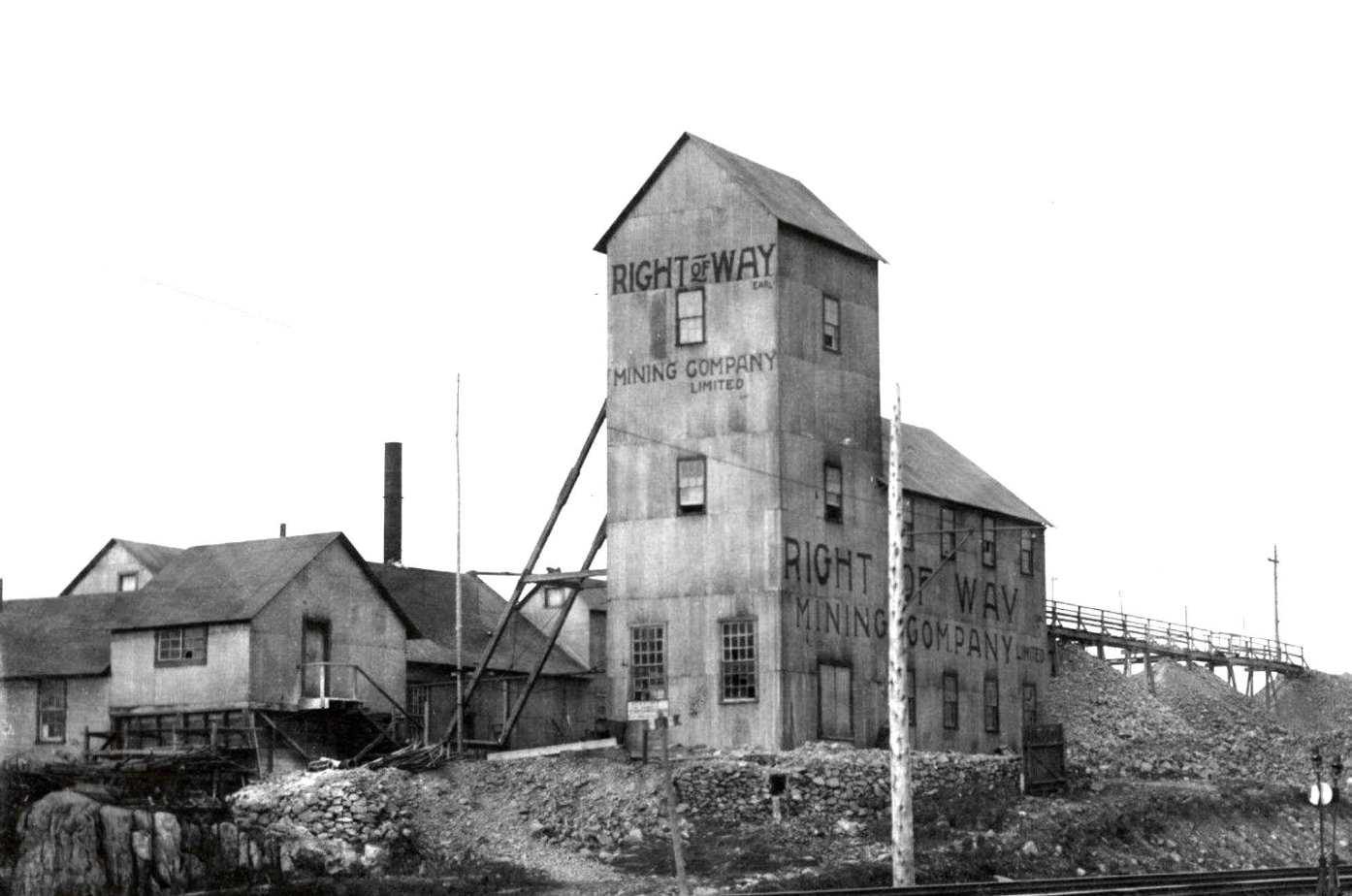
History is everywhere in Cobalt, Ontario, a community that from 1904 to 1920 was the richest silver producer in the British Empire. It’s in the headframes that rise from the rock like silent sentinels, and in the dark depths of mine shafts, from which so much valuable ore was extracted in years long past. History is everywhere in the town of Cobalt.
So too are restless ghosts if whispered stories are to be believed. These spirits linger amidst the haunting headframes, the darkened mines, and the weathered boom-town era buildings, waiting to be dug up by unsuspecting visitors and serving as reminders of Cobalt’s boomtown legacy.
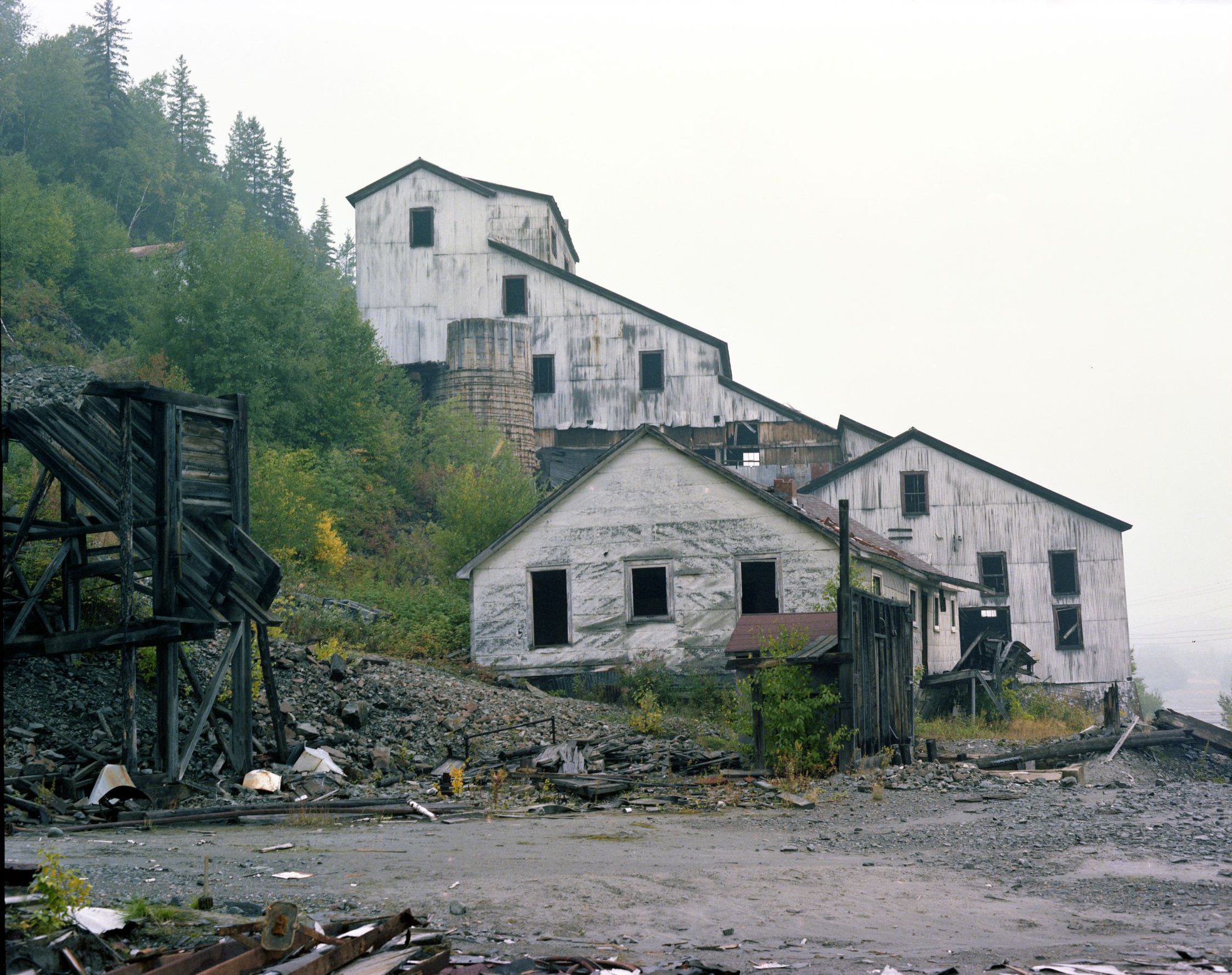
Begin Your Adventure at the Cobalt Mining Museum
Any exploration of Cobalt’s history, haunted or otherwise, must begin at the Cobalt Mining Museum. Beyond merely being immersive, the exhibits provide insight into the town’s history and the silver mining that brought it international acclaim.
While here, book a guided tour of the Colonial Mine, where you don a miner’s hard helmet and are led deep underground through a former adit (mining parlance for horizontal tunnel).
Tour The Colonial Mine
The Colonial Mine operated from 1930 to 1937 and produced 1.25 million ounces of silver, a veritable fortune.
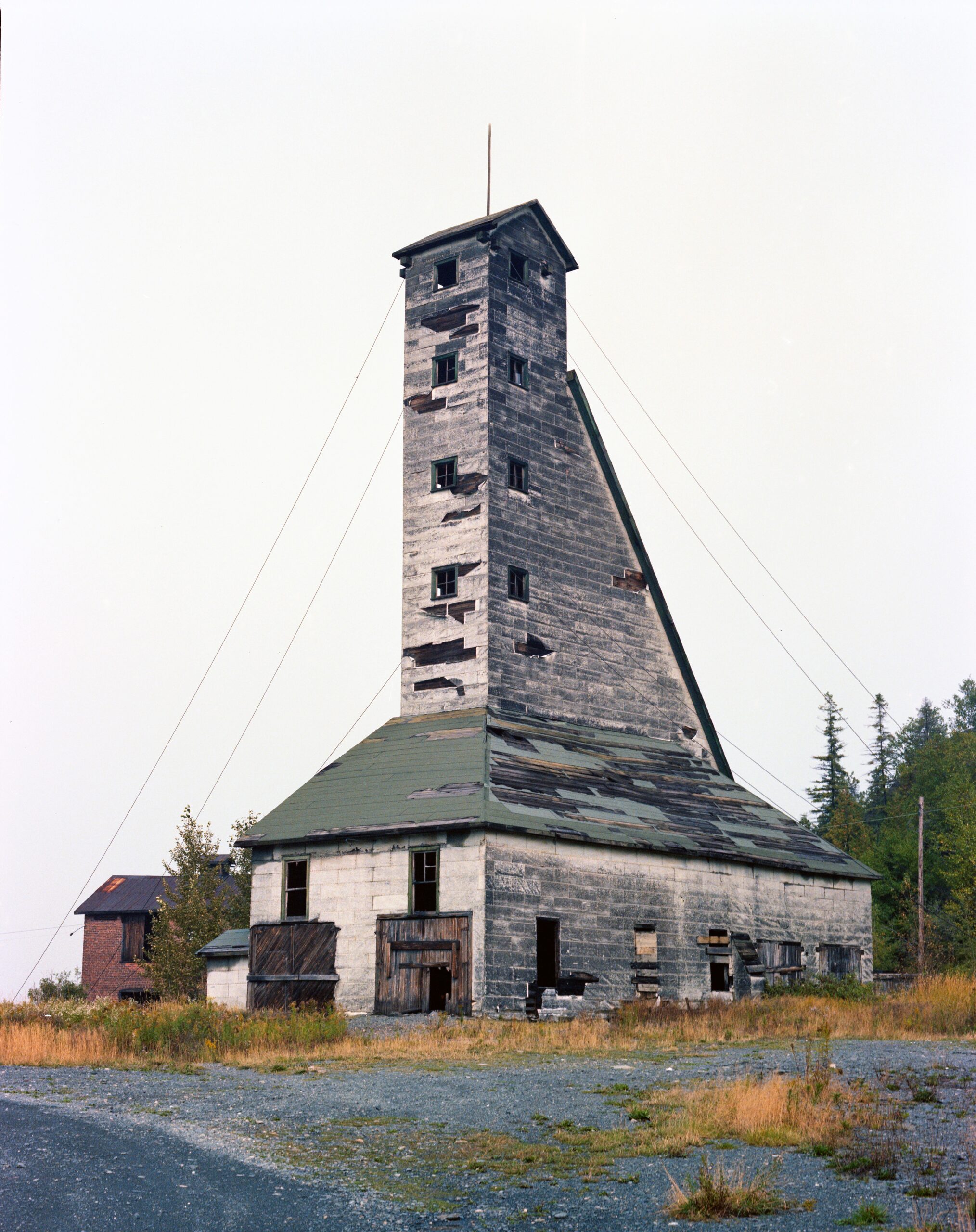
On the tour you grope your way through absolute darkness, guided only by the narrow beam of a flashlight and watched from above by the occasional roosting bat, as you experience the unsettling subterranean world of miners and the conditions in which they laboured. Where the feeble beam of the flashlight fades, impenetrable shadow—darkness as complete as you’ll ever find—surrounds you like an oppressive prison.
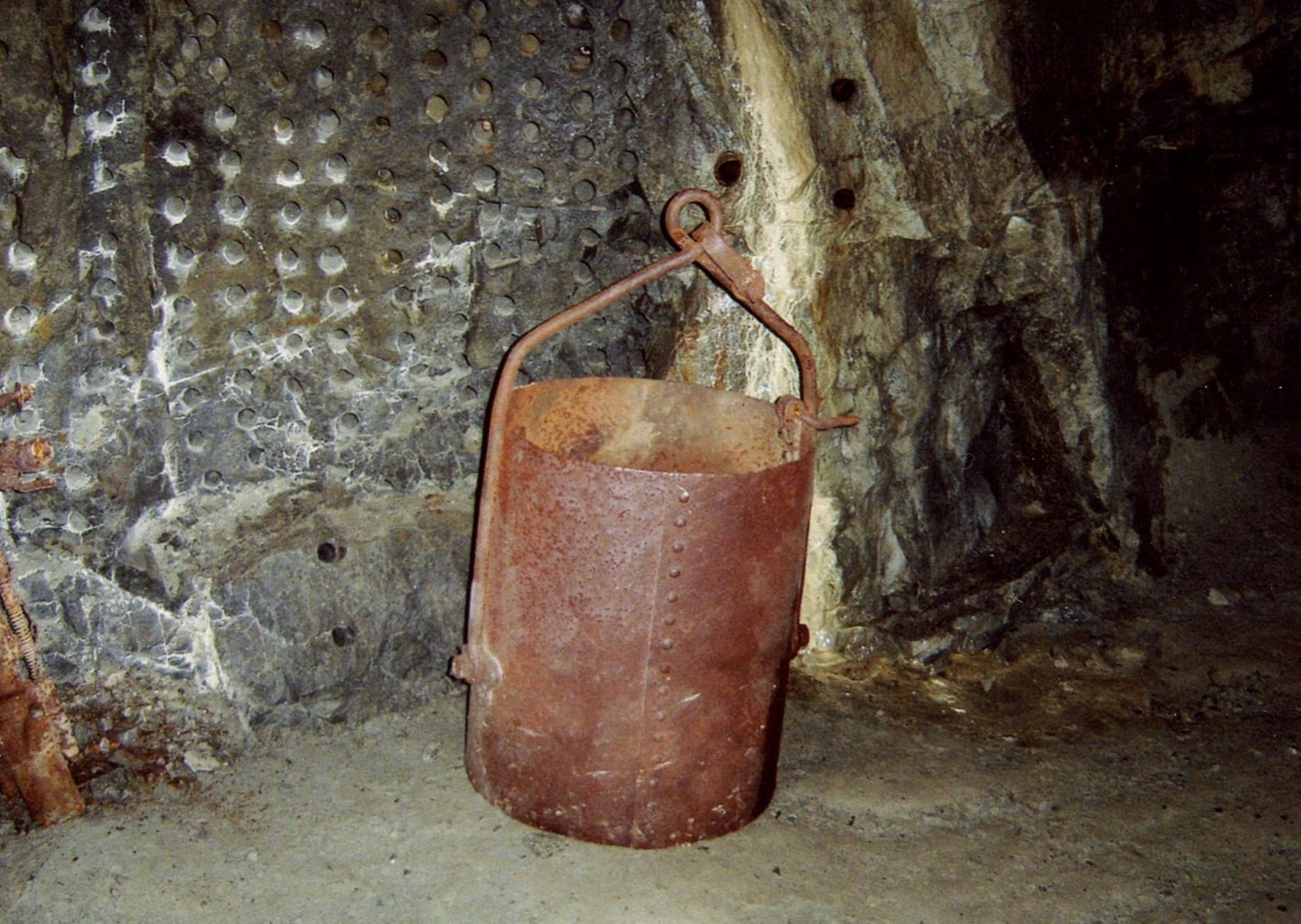
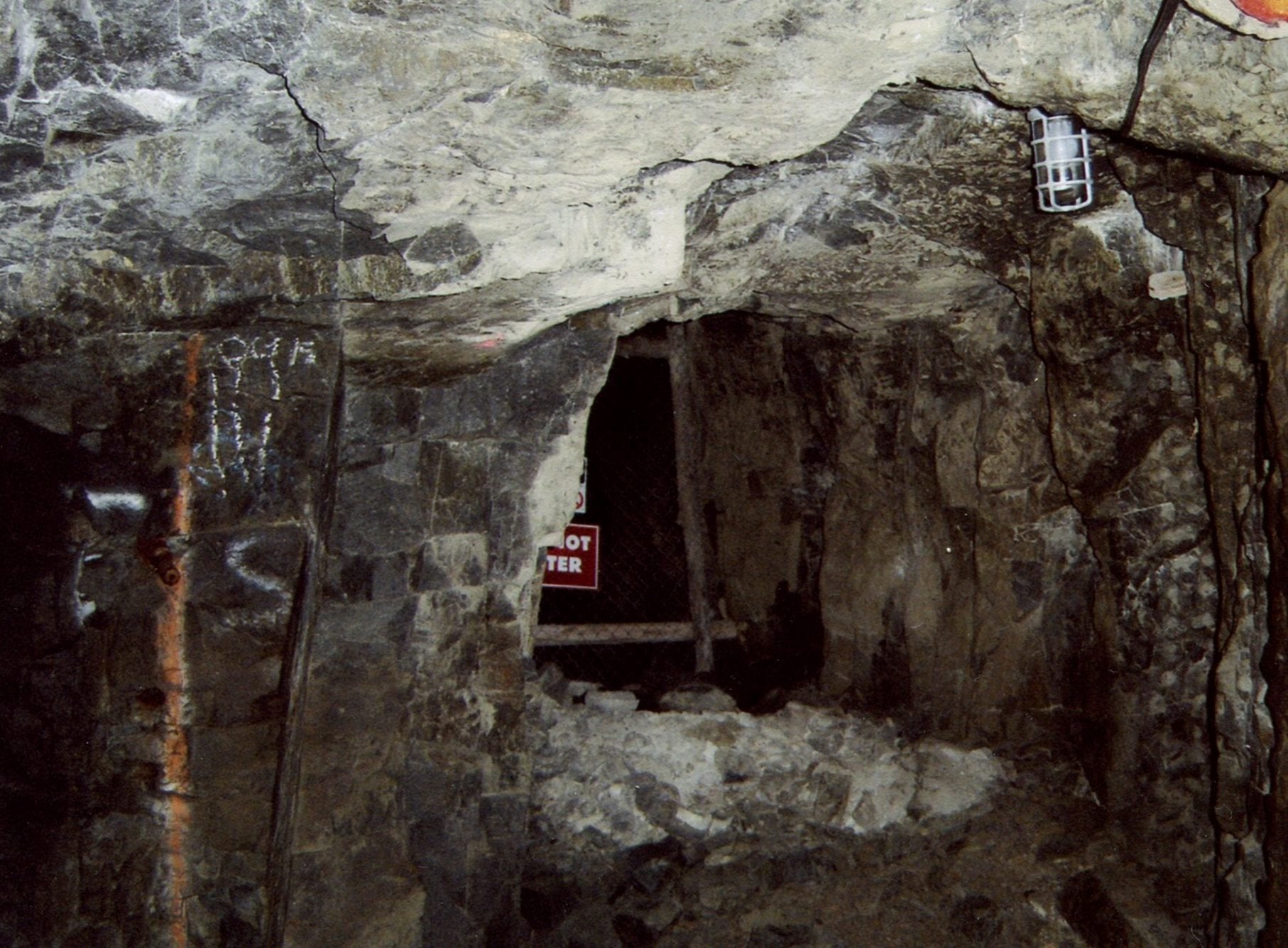
Stop for a moment. Listen carefully. Hear anything? Stories say that sometimes the lonely sounds of hammering drift up from the dark, empty tunnels, the work of lost souls (tommy-knockers, as they are known in parts of Britain) still at work. Some people are convinced they’ve seen things – things far worse than flittering bats - moving in the darkness. Or is it just our fear of darkness and the underworld playing tricks? Book a tour and find out for yourself.
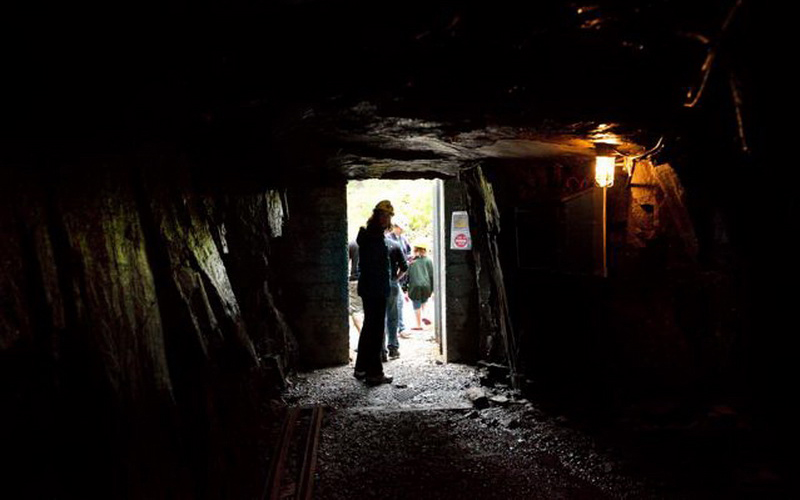
Stroll the Heritage Silver Trail
After you emerge from the mine’s lightless depths, take time to explore the Heritage Silver Trail, a self-guided drive into the rugged wilds outside Cobalt that leads to almost two dozen historic sites—a guidebook and map available at the Mining Museum. Each site highlights a unique aspect of the Silver Rush story, ranging from gaping fissures that once contained the fabulous silver veins to silent headframes and the fortress-like foundations of an ore processing mill. Each one is a haunting reminder of a past industry.
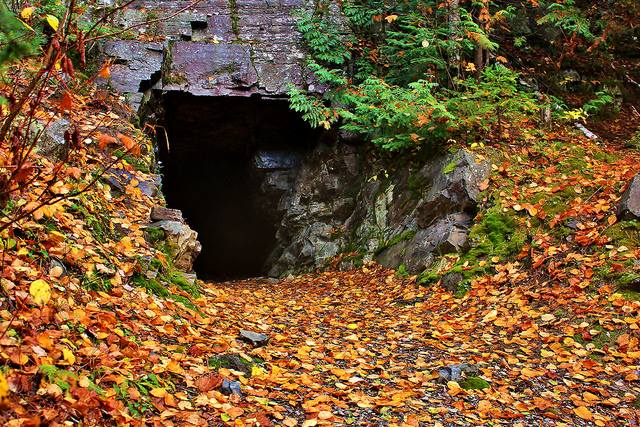
One stop on the tour is the towering Right of Way Headframe, which rises from the rock at the north end of Cobalt Lake like the ghostly tombstone of an expired industry. The Right of Way Mining Co. was so named because it leased the rights to mine under the right of way of the Temiskaming and Northern Ontario Railway. While many of the mines in the Cobalt area were relatively shallow, the Right of Way dove as much as 164 meters into the bedrock of the Canadian Shield and extended for up to 500 meters under the tracks. Tragically, before the mine closed in 1958 as many as 27 men died in the stygian darkness, a dozen of whom were unrecoverable for various reasons - the mine became their tomb.
The headframe has a reputation for being thoroughly haunted. Dan Larocque, who used to lead tours of the headframe before it was closed off, recalls a terrifying experience. “When I got up on the headframe’s third level, something started pounding on the floor below,” he told me. “It was loud and sounded angry, like a caged animal. Then it started banging on the windows outside. Remember, I was on the third floor at this time. I searched throughout the building to see if anyone was inside with me, but I was alone.” Dan took numerous photos of the headframe’s interior that day, and upon reviewing them was stunned to see a thick mist and unusual orbs in several.
Tours are no longer offered of the Right of Way, and you can’t get as close to the towering edifice as you once could – barriers prevent access for safety reasons – but the headframe remains a powerful, even eerie sight, nonetheless.
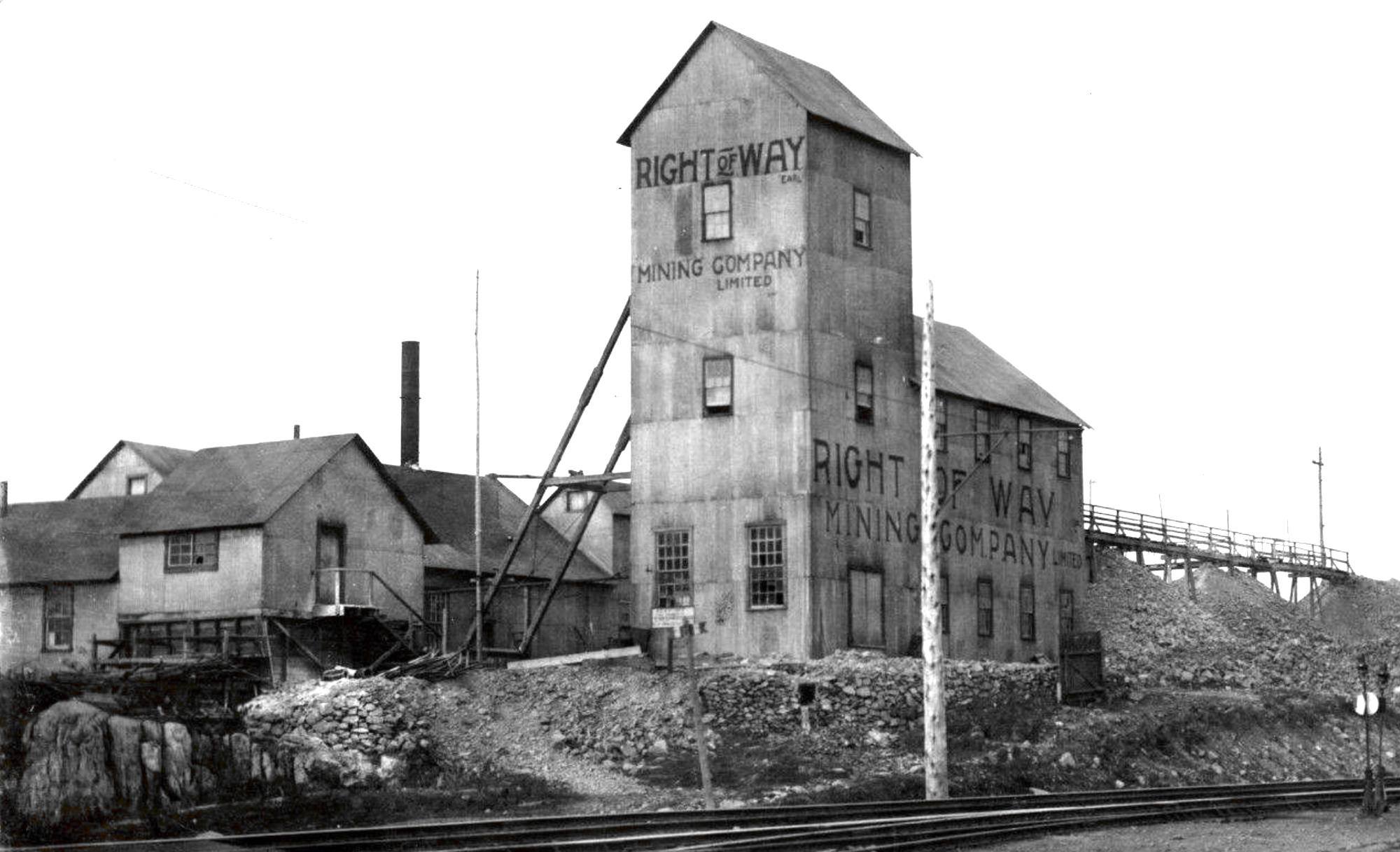
Explore the Bunker Military Museum
The Bunker Museum is located within an imposing building dating to 1910. Originally it was a Royal Exchange Building, designed to facilitate the tracking and trading of the silver mined in town. A short time later, the building was transformed into a hotel, a luxurious establishment patronized by wealthy mine owners when inspecting their holdings in town. The Bunker Military Museum moved into the building in 2012, and it quickly became apparent that something wasn’t quite right. Strange and unsettling phenomena have been reported ever since.
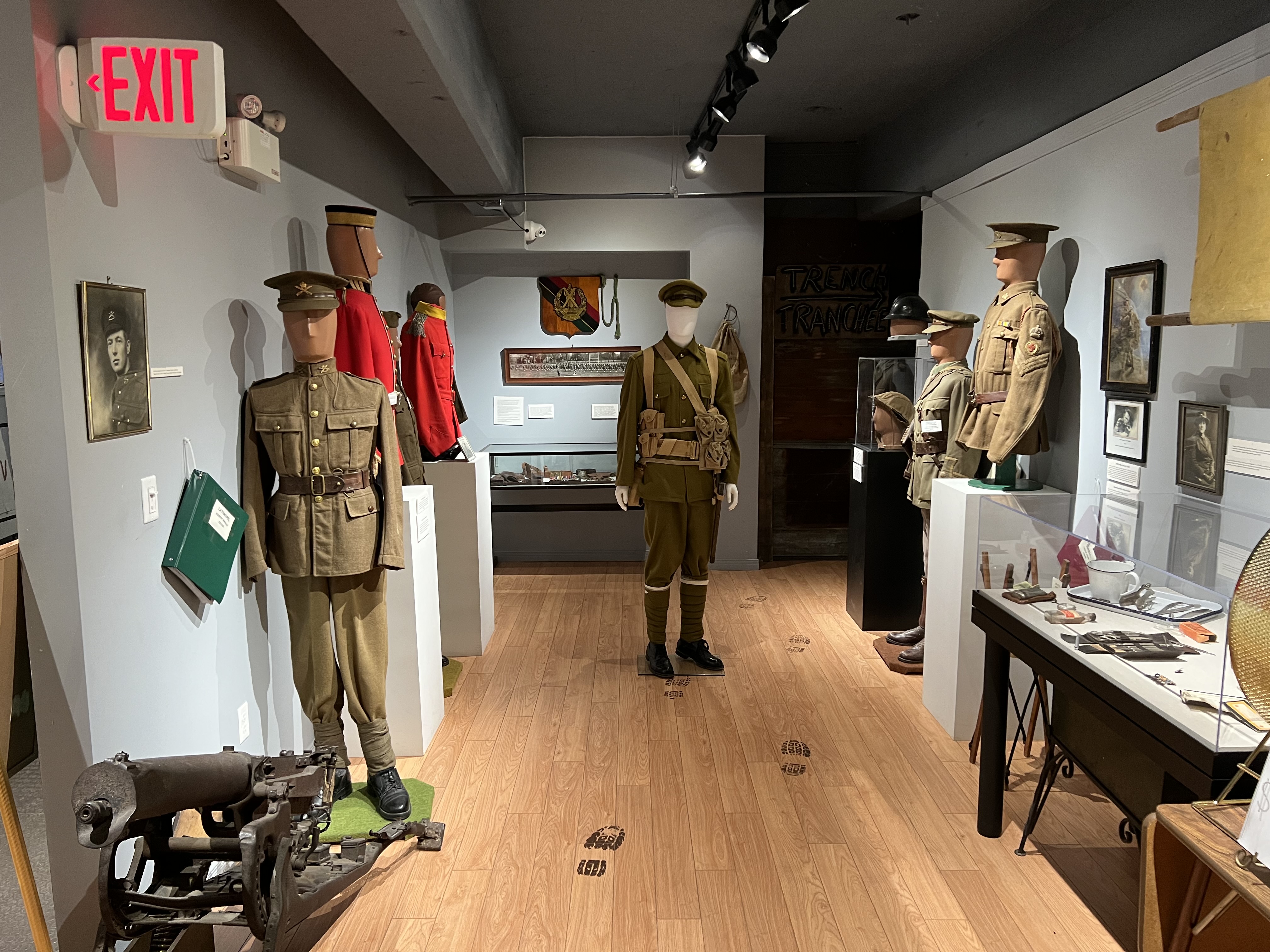
Marg Harrison, president of the Bunker Military Museum Board, has even seen the museum’s ghost on a few occasions. One of the exhibits is known as the ‘parade ground’ because it features 65 mannequin soldiers in full uniform, standing side-by-side as if on a parade ground. Several times, Marg has pulled up short upon seeing a dark figure standing in the middle of the room, looming and ominous, motionless like a graveyard statue, utterly silent.
“I’m a believer now, I have to be,” Marg explains with firm certainty. “The supernatural was something I doubted for 68 years, but I now have no doubt that ghosts exist and that there is more to our existence than just life and death.”
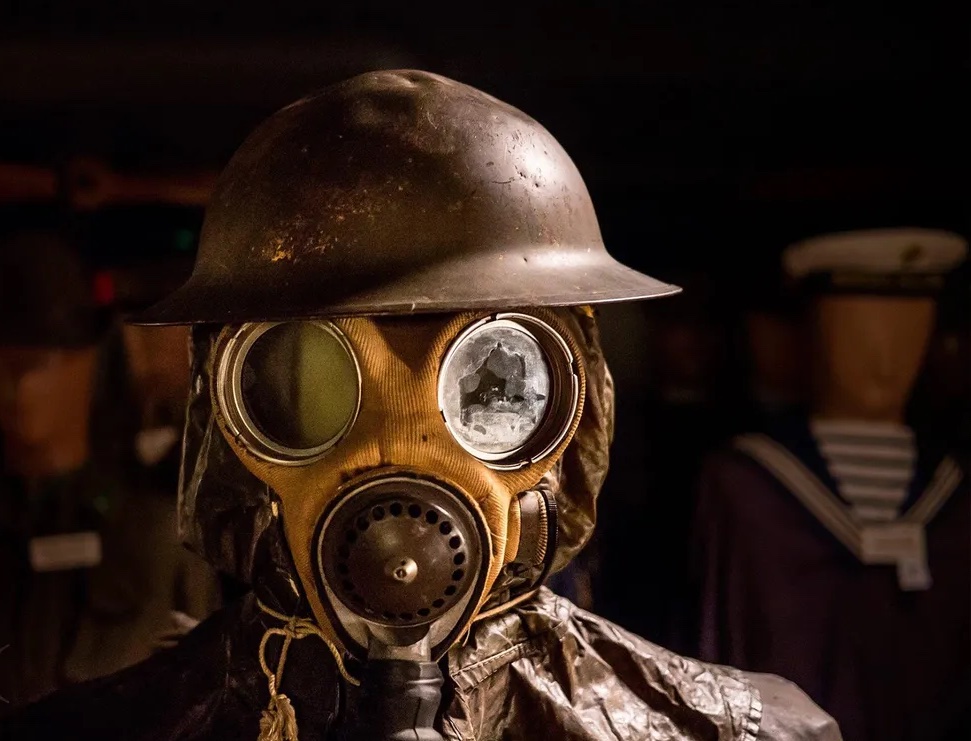
Ghosts or not, the Bunker Military Museum is a must-visit. One of the largest galleries in Northern Ontario, its collection of artifacts dates from the Boer War to present-day conflicts and includes items from around the world.
To further enrich your visit, be sure to drop into White Mountain Publications where you can pick up a local history book to take home with you.
Where to Stay in Cobalt
For a place to rest your head (and hopefully a sleep free of nightmares) head for nearby New Liskeard or Haileybury. Consider Econo Lodge New Liskeard. You can’t beat the combination of price and convenience, with its excellent onsite restaurant and location right on Highway 11.
Closer to Cobalt is Haileybury’s Leisure Inn, a welcoming motel only half a block from the shores of Lake Temiscaming.
Recommended Articles
The Seven's Best Hikes, Biking Trails and Lakes

7 Best Spots to Check Out in The Seven
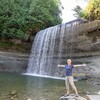
Budget Bliss: Explore Northeastern Ontario Without Breaking the Bank

Bring Your Fam!

Time to Unwind: 6 Spa Havens to Discover In The Seven
5 Amazing Places to SUP in Northeastern Ontario

5 Amazing Bike Rides to Discover

Northern Lights in Northeastern Ontario

Northeastern Ontario's Best Pride Festivals

Fish for one of the World's Rarest Species of Trout

An Insider's Guide to Manitoulin Island

6 Small-Town Gems to Explore in Northeastern Ontario

11 Best Things to Do in Kapuskasing, Ontario












